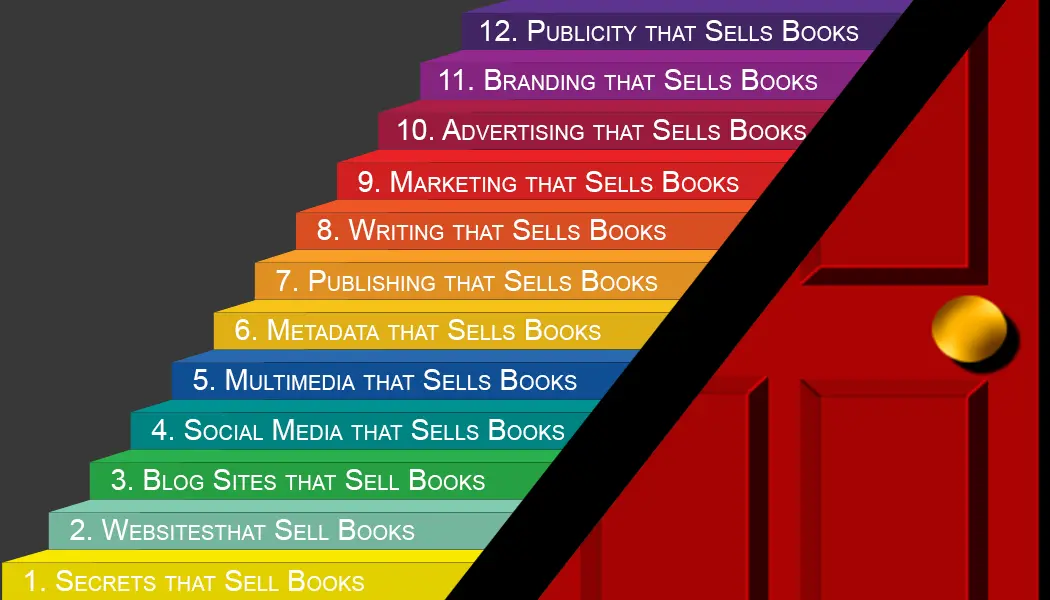A website serves as the digital front door for any business, organization, or personal brand, making effective web design a critical aspect of online strategy. Central to this design are well-constructed web pages, intuitive forms, and clear, actionable buttons, each playing a pivotal role in user navigation and site functionality. This article provides an extensive look at these essential website design elements, discussing best practices for their use and integration to create a seamless and engaging user experience.
Web Pages: The Structural Core of Online Interfaces
Role and Strategic Importance Web pages are the foundational website design elements where content is displayed and user interactions occur. Each page should be thoughtfully designed to fulfill a specific purpose, whether it’s to inform, entertain, capture leads, or close sales.
Design Considerations
- Content Layout: The arrangement of text, images, and multimedia content should be logical and visually appealing. Using grid layouts or CSS Flexbox can help structure content efficiently.
- SEO Optimization: Each page should be optimized for search engines, incorporating relevant keywords, meta tags, alt tags for images, and proper HTML header usage for improved search rankings.
- Load Time and Efficiency: Optimize images and streamline code to enhance page load times. Faster websites offer better user experiences and perform better in search engine results.
Forms: Gateways for User Engagement and Data Capture
Understanding Forms in Web Design Forms are critical for any interactive process on a website, from signing up for newsletters to completing transactions. They are direct channels for users to communicate with the site’s owners, making their design and functionality crucial for customer conversion and satisfaction.
Enhanced Form Design Techniques
- User Guidance: Employ inline validation to provide immediate feedback as users fill out forms. This helps prevent errors and improves completion rates.
- Accessibility: Ensure all forms are accessible, with labels clearly associated with form controls and instructions that are easy to follow, catering to all users, including those with disabilities.
- Security Measures: Implement security features such as CAPTCHAs and SSL certificates to protect the data integrity and privacy of user information, building trust and credibility.
Buttons: The Cues for Action
The Importance of Buttons in Navigation and Conversion Buttons are not merely website design elements; they are the calls to action that guide users towards desired behaviors, from submitting forms to proceeding to the checkout. Their clarity, placement, and aesthetics are crucial for enhancing usability and conversion rates.
Optimizing Button Design
- Psychology of Color: Utilize color psychology to make buttons stand out. Colors like red or orange can convey urgency, while blue can promote trust and security.
- Responsive Design: Ensure buttons are touch-friendly with adequate size and padding for easier interaction on mobile devices. Responsive design should accommodate varying screen sizes and orientations.
- Testing and Iteration: Regularly test different versions of buttons (A/B testing) in terms of placement, size, color, and wording to determine which configurations most effectively drive user action.
Synthesizing Design Elements for a Unified User Experience
The integration of web pages, forms, and buttons should be seamless and intuitive. A well-designed website guides users fluidly from one element to the next, facilitating a natural progression from initial interest to final action or conversion.
Creating a Cohesive Journey
- Navigational Flow: Ensure that the flow from web pages to forms to buttons feels natural. For example, a user reading about a product on a landing page should easily find a button that leads to a purchase form.
- Consistency in Design: Maintain consistent styling across all elements to reinforce brand identity and ensure a cohesive user experience. This includes using a uniform color scheme, typography, and design motifs.
Elevating Website Design Elements for Success
Effective web design transcends aesthetic considerations, incorporating strategic elements that enhance functionality and user engagement. By mastering the design and integration of web pages, forms, and buttons, designers and website owners can significantly improve site performance, user satisfaction, and ultimately, business outcomes. In the digital age, where user expectations continue to grow, excellence in web design elements is not merely beneficial—it’s essential for success.
_________________________________________
Related Entries:
Photography and Photo Editing: Pillars of Our Visual Culture
Related Topics:
Visit our website at www.AuthorsDoor.com and our blog site at www.AuthorsRedDoor.com as you continue your author-publisher journey.


